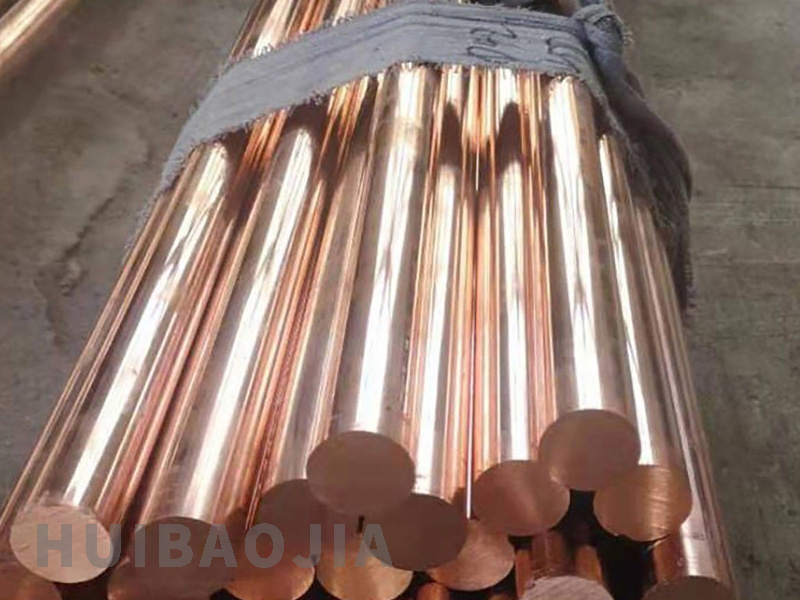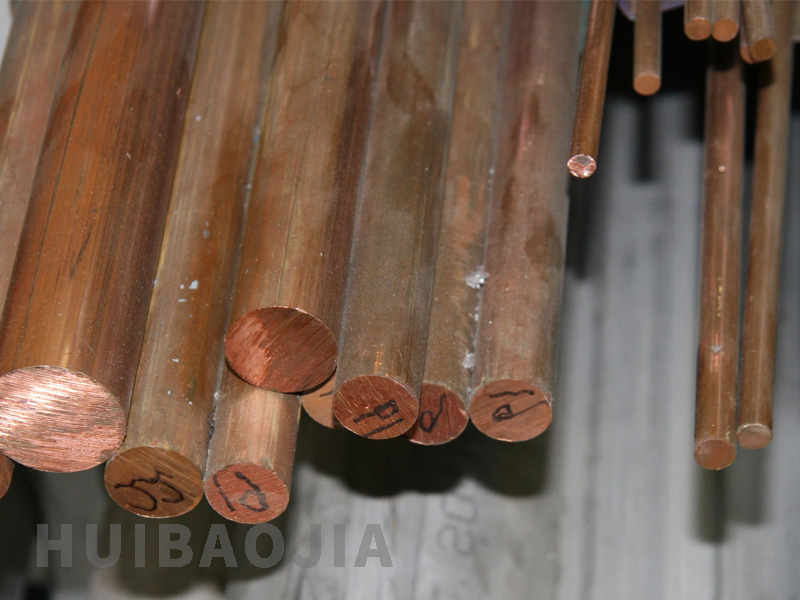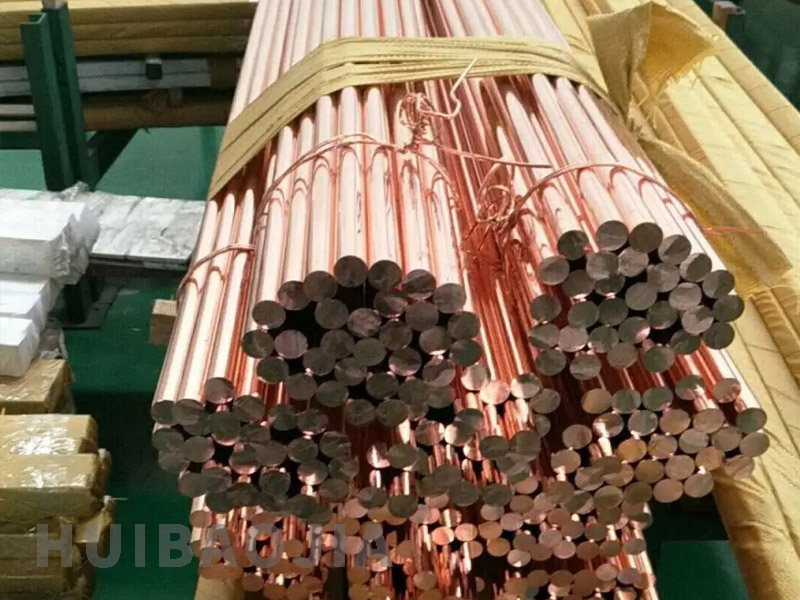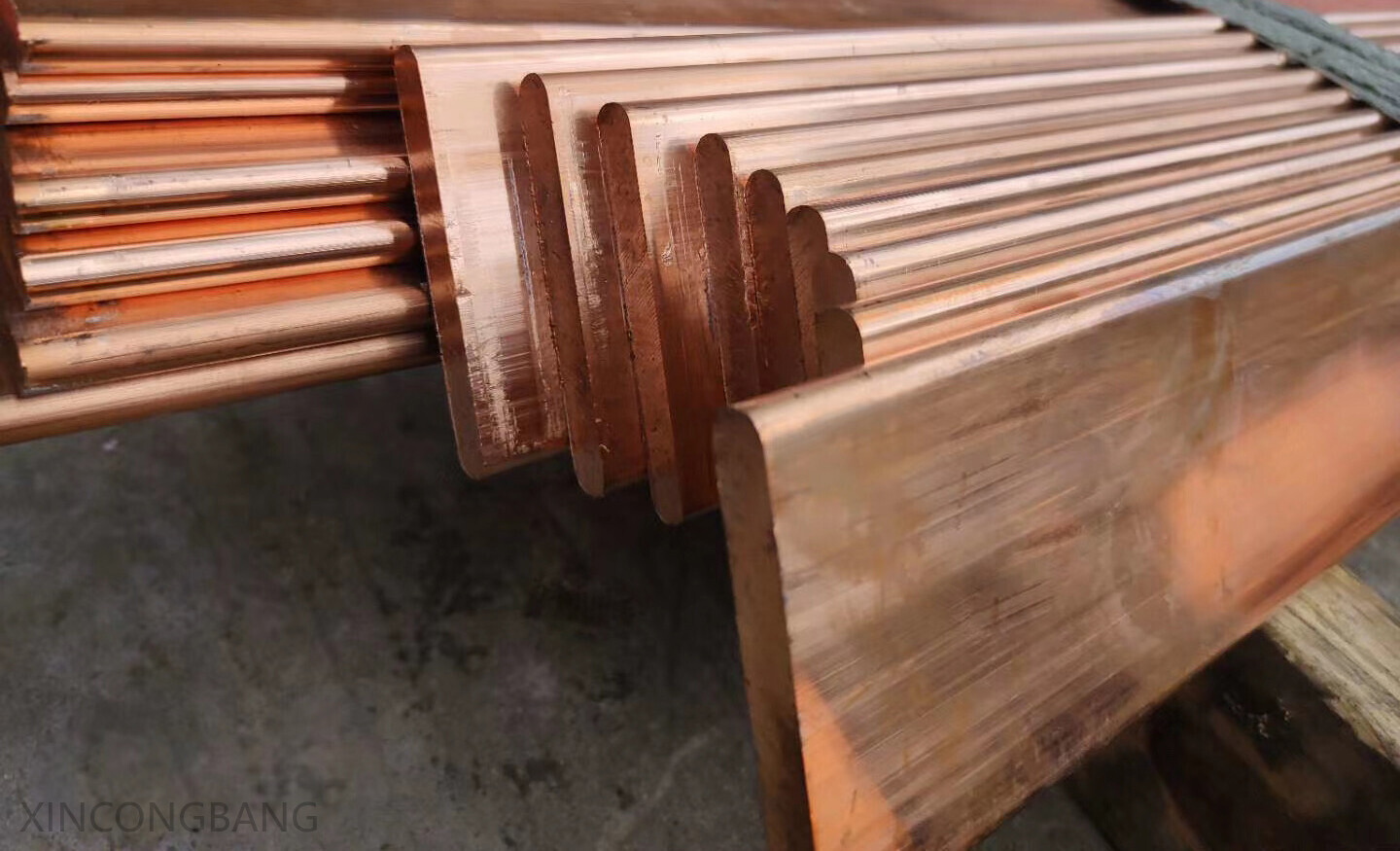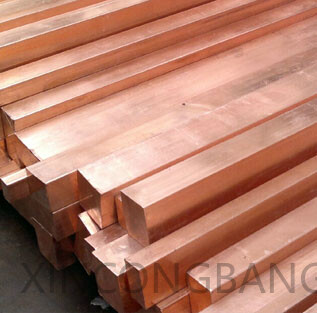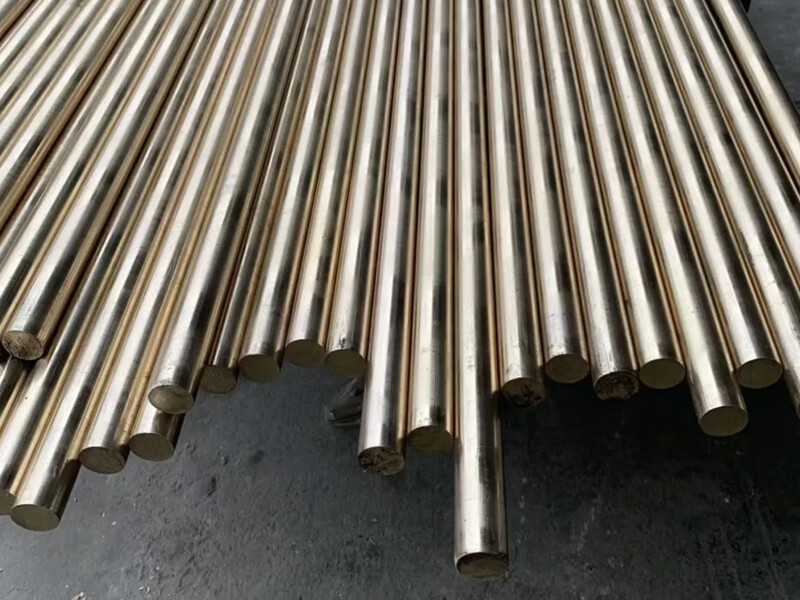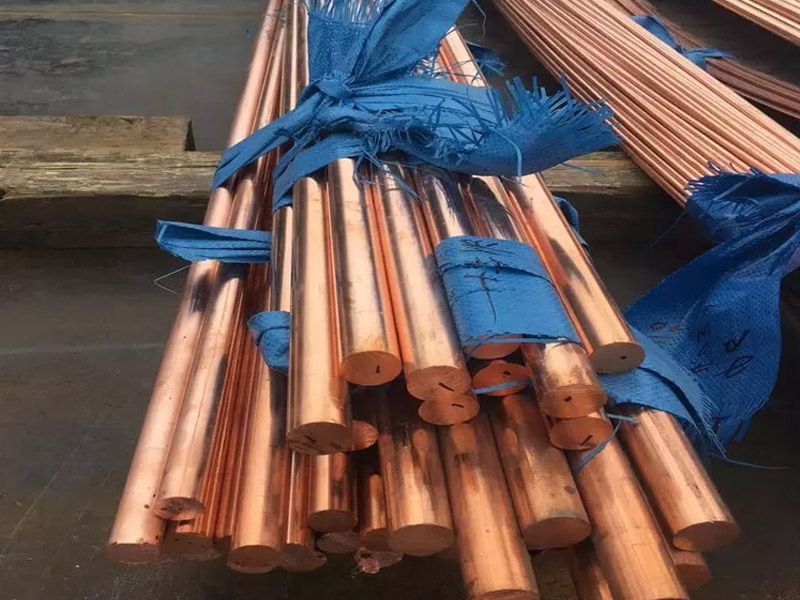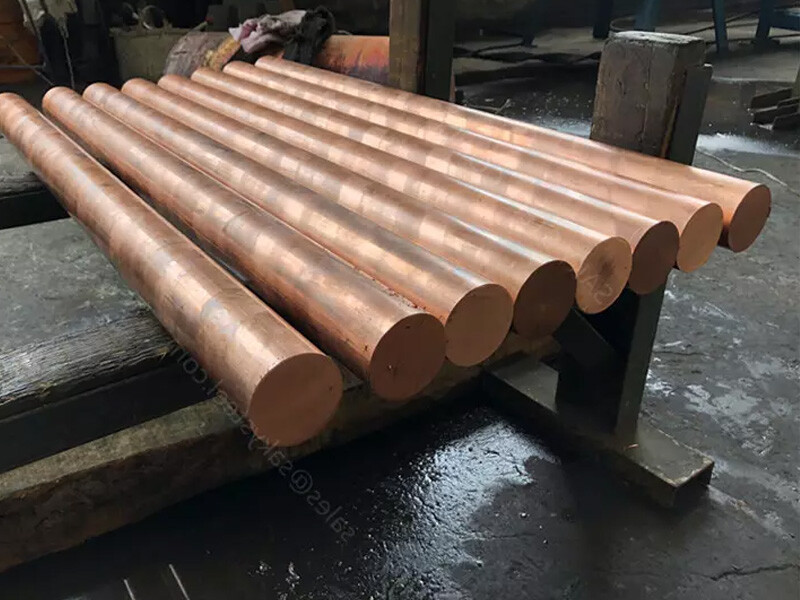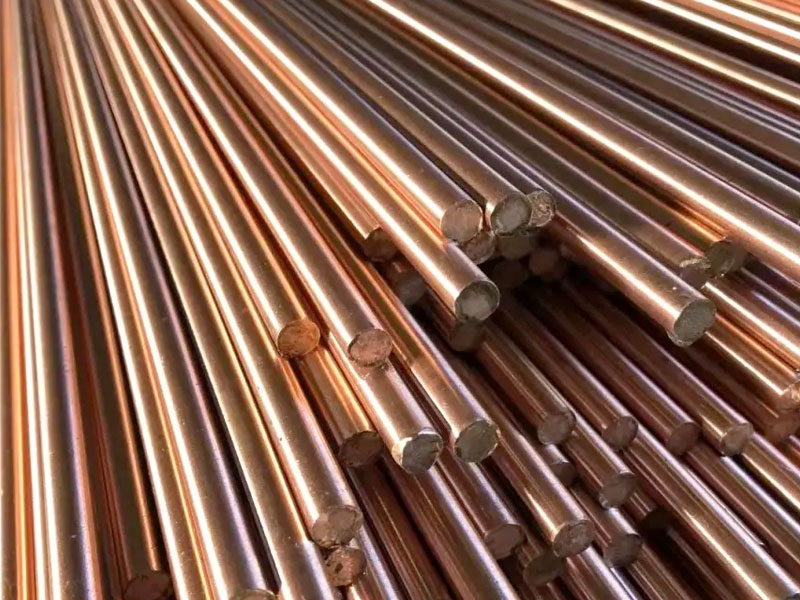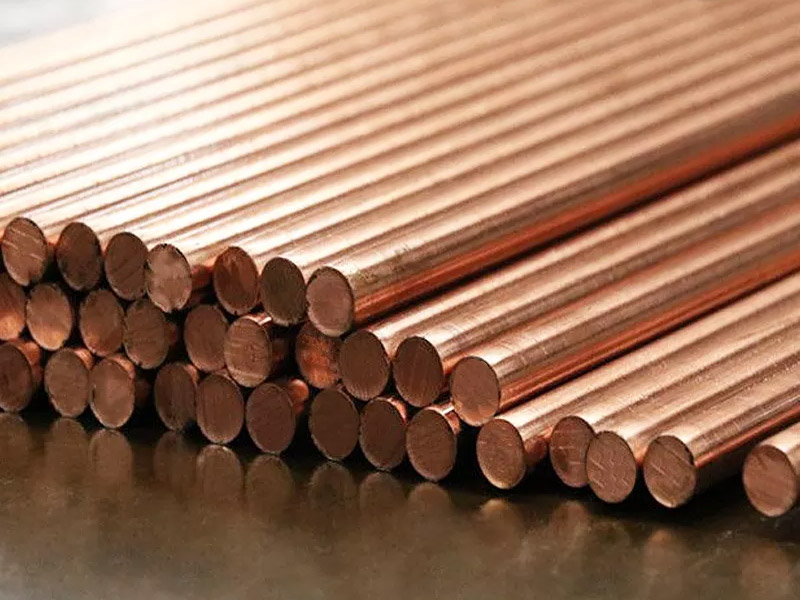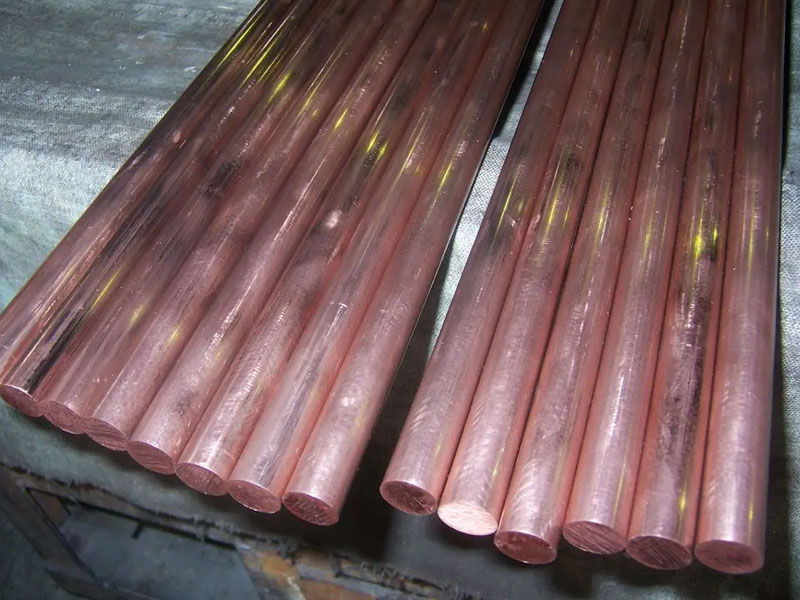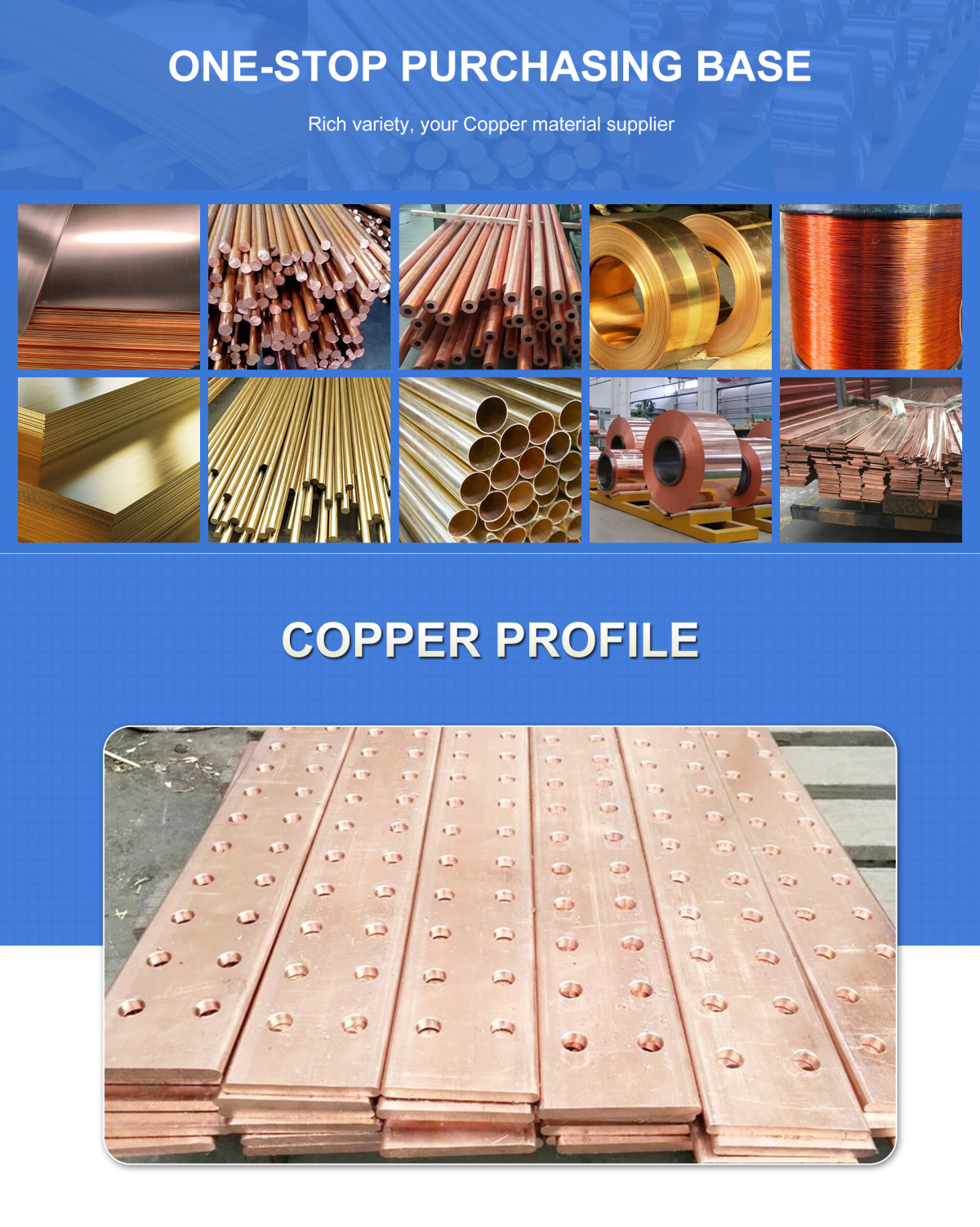
Size range
The common diameter range of W80Cu20 tungsten copper rod is 6mm to 30mm, including:
Small diameter specifications: 6mm, 8mm, 9mm, 10mm, 12mm (mostly used in precision machining scenarios).
Medium diameter specifications: 15mm, 16mm, 17mm, 18mm, 20mm (suitable for electrodes and general conductive parts).
Large diameter specifications: 25mm, 30mm (for high current connectors or high temperature resistant structural parts).
Customizable length, such as 200mm long blank round rods available in stock.
2. International standards and specifications
ASTM standards:
ASTM B187/B187M: specifies the mechanical properties, chemical composition and dimensional tolerances of copper rods, busbars and rods, suitable for electrical and general purposes.
ASTM B601: covers the chemical composition classification of copper alloys, which may be indirectly applicable to the calibration of tungsten copper alloys.
Chinese National Standard (GB):
"Copper and Copper Alloy Drawn Rods" (refer to ISO 426-1) specifies the dimensional deviation, mechanical properties (such as tensile strength, elongation) and conductivity of round bars. For example:
Round bars with a diameter of ≤20mm have an allowable deviation of ±0.1mm; when the diameter is greater than 20mm, the deviation is relaxed to ±0.2mm.
Conductivity requirement ≥85% IACS (International Annealed Copper Standard).
Special application standards:
Tungsten copper rods for resistance welding electrodes must meet the requirements of wear resistance and high temperature stability, refer to ISO 5182 for the specification of electrode materials.
Chemical composition
Main components:
Tungsten (W): about 80% (mass fraction).
Copper (Cu): about 20% (mass fraction). The copper content in some literature is marked as 20-30% or 28-32%, which may be related to specific process standards. For example, the copper content of CUW80 (corresponding to W80Cu20) is 28-32% and the balance is tungsten.
Impurities: Total ≤ 0.5%, including trace amounts of Fe, C, Ni, etc.
Mechanical properties
Basic properties:
Density: 15.15 g/cm³, but different processes may affect the density (e.g., the relative density of ordinary sintering is 96.3%, which can reach 99.1% after adding graphene).
Hardness: Brinell hardness (HB) is about 220, Vickers hardness (HV) is 185. Compression deformation can significantly increase the hardness, up to 200%.
Flexural strength: A wide range, from ≥220 MPa to 790 MPa, which may be related to the test method or material state (such as sintering process, additives).
Electrical and thermal properties:
Electrical conductivity: ≥34% IACS (International Annealed Copper Standard), some studies show that the electrical conductivity is 19.72 M·S/m (about 34% IACS).
Resistivity: ≤5 μΩ·cm.
Thermal conductivity: 190-210 W/(m·K), which can be increased to 264 W/(m·K) after adding graphene.
Thermal expansion coefficient: 8.0-8.5×10⁻⁶/K.
High temperature performance:
Softening temperature: 900℃, suitable for high temperature environment (such as rocket engine throat material).
Anti-welding: Excellent, suitable for high voltage discharge scenarios such as electrical contacts.
3. Effect of special processes on performance
Additives and sintering technology:
Adding 0.8wt.% copper-coated graphene (Cu@Gr) can increase the electrical conductivity to 38.512 M·S/m (about 66% IACS), and the thermal conductivity reaches 264 W/(m·K).
The ultrafine grain (UFG) preparation process can optimize the microstructure and improve the dynamic mechanical properties.
Processing performance:
Friction welding technology can achieve efficient connection with pure copper, the joint strength is equivalent to that of pure copper, the grains are fine, and the heat-affected zone is thin.
Compression deformation can significantly increase the hardness, and the copper phase is strengthened by dislocation entanglement.
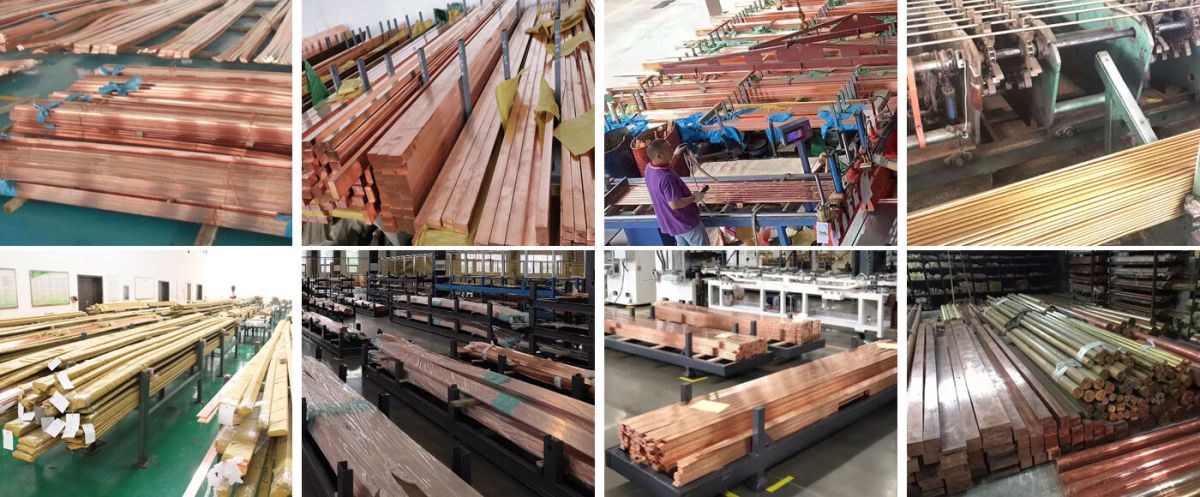
W80Cu20 (also known as WCu80 or CuW20) is a high-performance tungsten-copper alloy material composed of 80% tungsten and 20% copper. The production process and product advantages are as follows:
1. Production process
Powder metallurgy and melt infiltration process
Tungsten-copper alloy is usually produced by powder metallurgy combined with melt infiltration and sintering. First, the tungsten powder is pressed into a blank, and then the copper liquid is infiltrated into the tungsten skeleton at high temperature (about 1200-1300℃) through the melt infiltration process to form a dense structure. The key to this process is to control the melt infiltration temperature, pressure and fluidity of copper to ensure the uniformity and density of the alloy composition.
Pressing and sintering
During the pressing stage, the friction between the mixed powder and the inner wall of the mold may cause the edge hardness to decrease, and the pressing parameters need to be optimized to reduce the performance gradient. During the sintering process, adding induced copper and adjusting the composition of the melt infiltration sheet (such as Cu-Ag alloy) can significantly improve the bonding strength.
Precision machining and post-processing
The formed alloy needs to undergo processes such as stretching, cutting, and straightening to meet different specifications. For example, continuous casting and combined drawing technology can improve the dimensional accuracy and surface finish of copper rods.
2. Product advantages
High electrical conductivity and thermal conductivity
Tungsten copper alloy combines the high melting point of tungsten and the excellent electrical/thermal conductivity of copper. For example, the thermal conductivity of W80Cu20 is 180 W/(m·K), which is better than brass (159 W/(m·K)) and titanium alloy (7 W/(m·K)). It can quickly dissipate heat and reduce electrode wear. It has the highest material removal rate (MRR) and the lowest electrode wear rate (EWR) (only 8.33%) in electrospark machining (ECDM).
High temperature resistance and wear resistance
The melting point of tungsten (3422℃) makes the alloy stable in high temperature environments, suitable for electrodes, welding and arc ablation scenarios. Its hardness (such as the microhardness of CuW80) and wear resistance are significantly better than ordinary copper alloys.
Excellent processing performance
In precision machining, W80Cu20 can reduce thermal deformation due to its high thermal conductivity and low surface roughness (Ra≤0.8μm), which is suitable for fields with complex geometries and high precision requirements.
Wide application
This material is widely used in electrodes (EDM, resistance welding), thermal conductive components (electronic packaging, heat sink materials), aerospace high temperature resistant components and power equipment contacts.
Customization and flexible supply
Multiple suppliers provide spot and customization services, supporting fast delivery of different sizes (diameter 5-200mm) and shapes (rods, plates, tubes, rings) to meet diverse industrial needs.
Q1:Do you provide samples? Is it free or extra?
A1:Yes, we can provide samples free of charge and the customer will pay the freight.
Q2:What if I don't have export experience ?
A2:We have reliable forwarder agent which can ship items to you by sea/air/Express to your doorstep. Any way, we will help you choose the most suitable shipping service.
Q3:How long is your lead time?
A3:If it is in stock, it is usually 5-10 days. Or, if there is no inventory, 15 days, depending on the quantity.
Q4:What are your terms of payment?
A4:30% T/T deposit in advance, 70% T/T balance within 5 days after B/L copy, 100%.Irrevocable L/C at sight, 100% Irrevocable L/C after receive B/L 30-120 days, O/A.
Q5:How is your technical support?
A5:We provide lifetime online support through Whatsapp/ Skype/ Wechat/ Email. Any problem after delivery, we will offer you call anytime.
Welcome To Your Inquiry
What can we help you?
RELATED PRODUCTS

